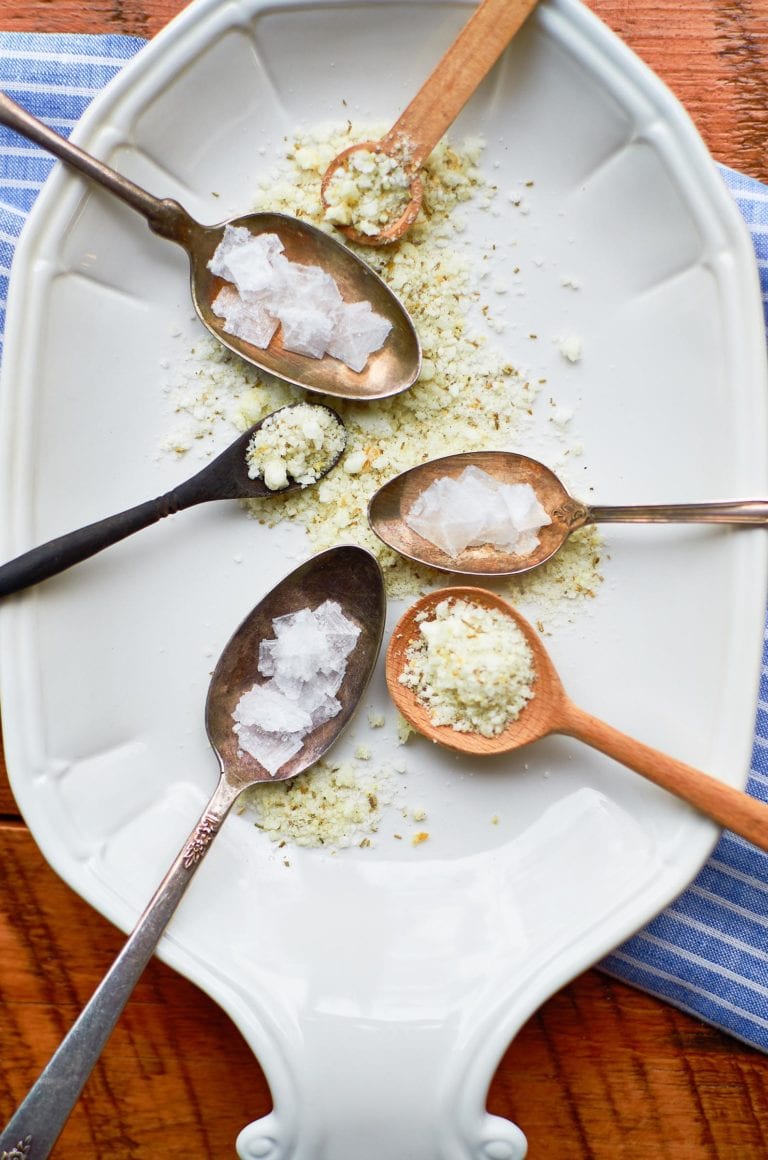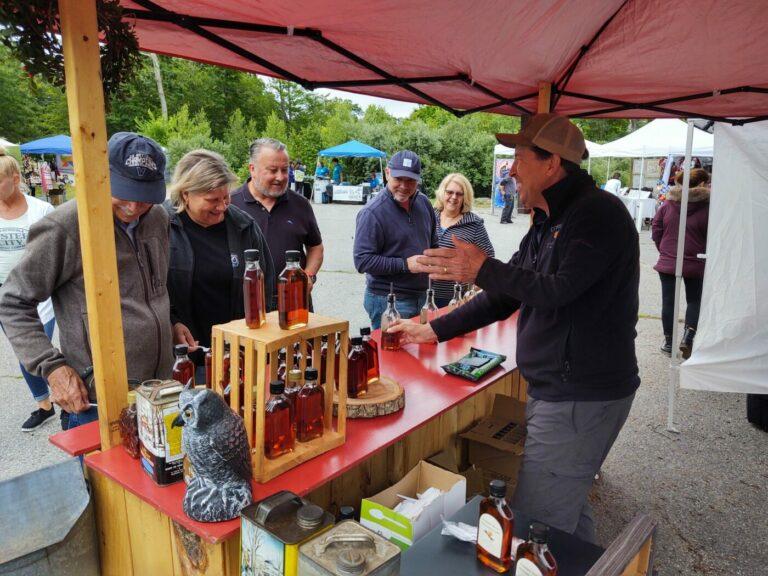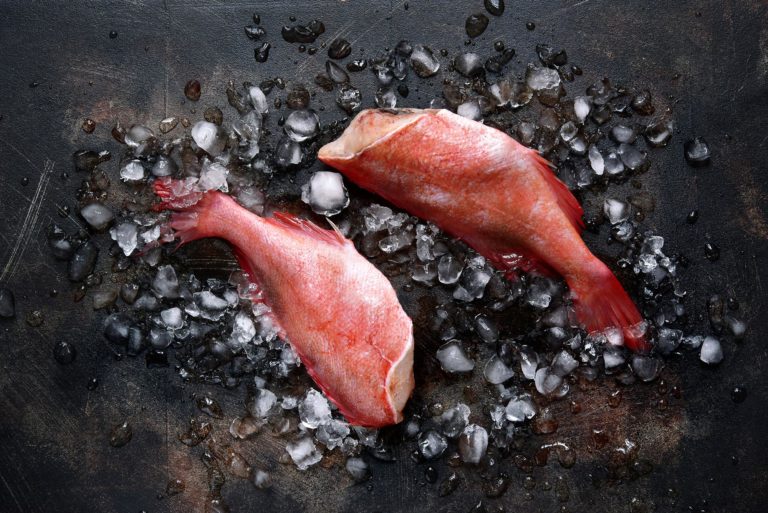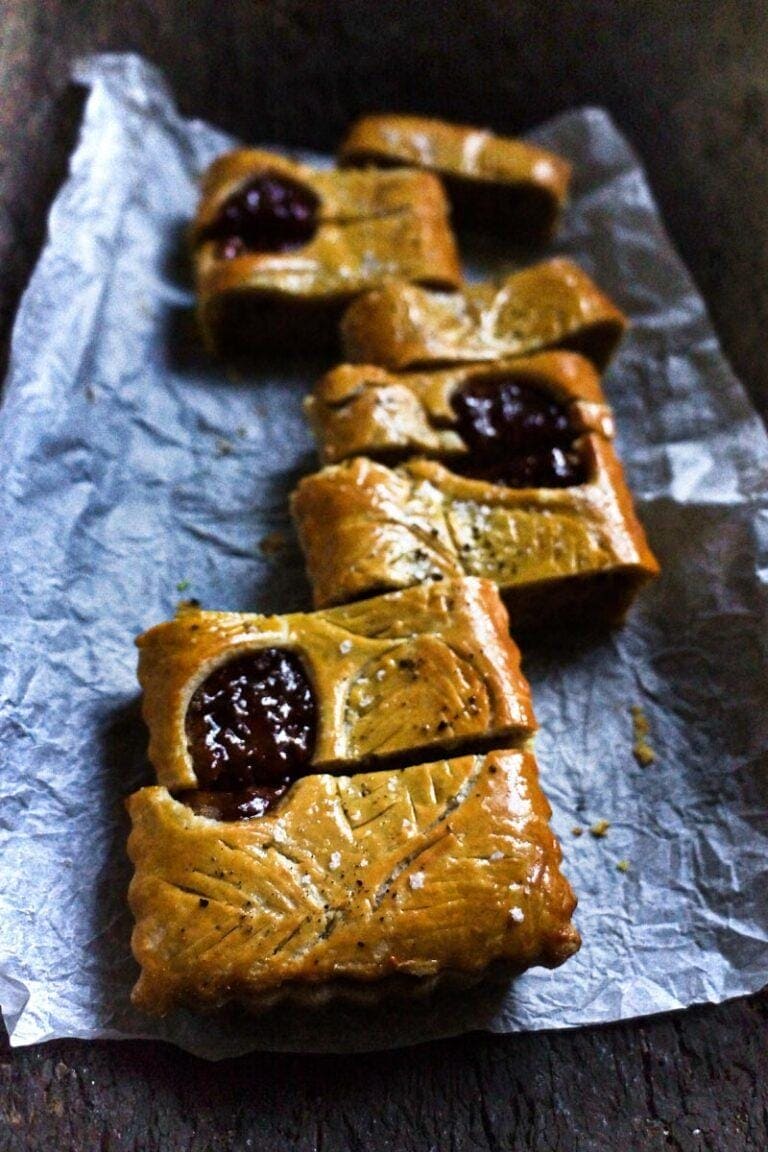Millennials may have given toast its brightest moment in the sun with their widely publicized love for avocado toast, but the idea of using slightly scorched bread to carry all sorts of food and drink to eaters’ mouths is a long-standing practice. Some historians believe the idea of toast originated in ancient Egypt. At that time, bread was charred over a fire or on a hot stone to prolong its shelf life by making it less attractive to mold. The Romans took the idea of toast and ran with it across their empire, mainly due to the practice of dipping charred bread into bad wine to mitigate the drink’s off flavor.
During the Middle Ages, toasted slabs of bread were used as plates, deliciously soaking up extra oils and sauces from the main dish. Colonial Americans warmed bread in skillets over open fires and slathered it with butter, cheese, or meat.
Toast assumed the uniform shape we now know it to be with the invention of the electric toaster in 1906. The pop-up toaster followed soon after. By the time the bread slicer was invented some 30 years later, toasters were in most homes in America.
“I love toast! It’s my favorite thing to eat. It’s such a comfort food,” says Allison Reid, co-owner of Scratch Baking Co. in South Portland.
Toast’s versatility has helped it stand the test of time, says Reid. It can be topped simply with peanut butter for breakfast or be elevated to dinner party starter status when local mushrooms, a little white wine, and a bit of cream are in play.
French tartines have long been a fun and chic food in France. Dressed with everything from cured meats and spicy Dijon mustard to thinly sliced black truffles and foie gras torchons, these open-faced sandwiches serve as inspiration for the gourmet toasts we see on menus all over Maine.
Between 2016 and 2019, Reid also ran Toast Bar in South Portland. There, her staff topped thick pieces of toasted Scratch Bakery breads with luscious combinations—like ham, cream cheese, and pepper jelly, or smoky egg salad, fresh greens, and Cholula hot sauce—and served them to customers lined up out the door. As she pulls out an old menu from Toast Bar and peruses it nostalgically, she tells me her go-to toast combination is Scratch Bakery sourdough miche toast topped with chunky peanut butter, strawberries, and a sprinkle of salt.
“Start with a thick slice of bread,” says Allison Reid, co-owner of Scratch Baking Co. in South Portland.
A slab, not a sliver, ensures a crispy, caramelized crust with some give in the middle. How tanned your toast should end up comes down to personal preference. I set my toaster between three and four minutes for a golden-brown crust. Don’t let your toast sit too long after it’s popped up because it dries out as it cools.
Reid gave me a sourdough miche loaf so I could recreate her version of toast at home, along with my own. The following recipes showcase a few different locally inspired toast toppings.














